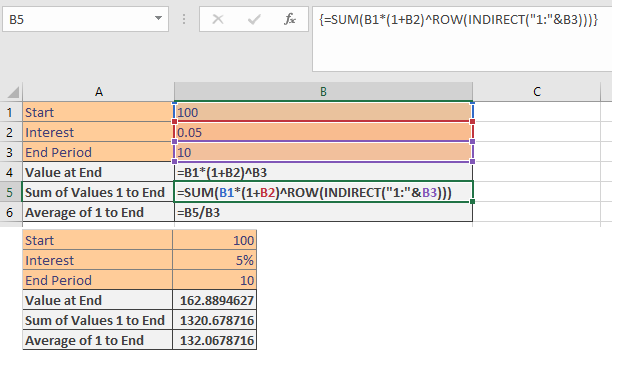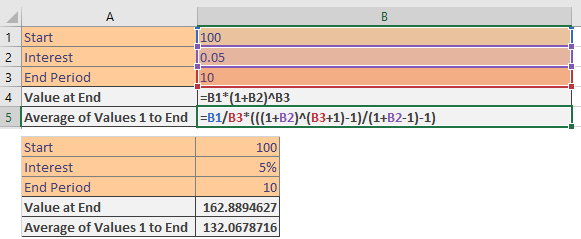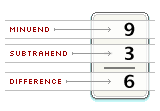minuend / subtrahend?
Once I put on the check valve and other items, my vertical distance ended up being way off and higher than the value I would have liked. But there’s no getting around it. Since my brain seems to be a bit non-functional, what would the new green unknown value be?
So… you’re saying also the angles aren’t going to be 45d either? What do you mean that the horizontal distance doesn’t matter?
[edit] i guess what you’re saying is that the horizontal distance is just going to be whatever it turns out to be? But… that doesn’t work?
They are still 45’s. But since the vertical rise at the bottom is currently more than what the previous calculations said it should be (20" now instead of 12" total), it looks like I don’t have a choice for how far the pipe will jut out.
23 / Sin 45 = C (your hypotenuse)
Well, if you’re keeping the 45 degree angles, then you still end up with a 45-45-90 triangle, so the two shorter sides have to be the same length. And that means that the width of the shorter sides has to be 43 - 20 = 23". Then you just use the pythagorean theorem to get 32.5" for the hypotenuse.
If they are true 45s, then your bottom which doesn’t matter will be 43-20=23, and the green diagonal will be 23*sqrt(2)=32.5 in.
23 / sin(45) is also correct = 32.5 in.
Excellent thanks! I’m going out to finish building this puppy.
I majored in math and I don’t recall ever using a term to describe this other than the “negative numbers.” This might be because the order doesn’t really matter, its just as valid to say -5+10 as it is to say 10-5, and indeed subtraction in math is just adding “negative numbers.”
https://www.factmonster.com/math-science/mathematics/terms-used-in-equations
Addition
In addition, an augend and an addend are added to find a sum.
In the following equation, 6 is the augend, 3 is the addend, and 9 is the sum:
6 + 3 = 9
NOTE: Sometimes both the augend and addend are called addends. Sometimes the sum is called the total.
Subtraction
In subtraction, a subtrahend is subtracted from a minuend to find a difference.
In the following equation, 9 is the minuend, 3 is the subtrahend, and 6 is the difference.
9 – 3 = 6
The measurements were all perfect. Thanks all!
Okay, this is more of an Excel question than strictly a math question, but it’s driving me up the damn wall because it seems like it should be pretty simple.
Essentially, what I need is a formula that returns the average period value of a compounding amount, with the number of periods being an easily changeable value.
It’s easy enough to work out what the future value will be if I know the present value, interest rate, and number of periods, but I can’t work out how to get to the average across those periods without separately calculating the total is for each period. But that gets unwieldy and cumbersome if the number of periods vary.
Am I just overlooking something obvious here?
Without a closed form solution, you can still brute force it with a one cell formula (so not needing to “manually” occupy N cells for each period total) by using array formulas (basically creating a “nested” sequence of values stored in one cell).

You need to enter the B5 formula with Ctrl+Shift+Enter. The ROW INDIRECT shenanigan creates an array 1-N which then gets run through the compound interest formula so you have your values for N periods, which then are summed.
Anyway, math time. So

And we have our closed form excel formula

I object to this question being put in the stupid math questions thread!
I have one. This is a real-world problem We operate a system at work that has a bunch of lasers. The lasers fire pulses at regular intervals: some at 50Hz (period = 20ms) and some at 20Hz (period = 50ms). We’d like to optimize their timing so that they are spaced out as evenly as possible.
I think the way to quantify this is to determine the spacing assuming all pulses are exactly evenly spaced, then try to minimize the average absolute error from that spacing.
For instance, if you have four 20Hz lasers and two 50Hz lasers, that means over any 100ms period (least common multiple of laser periods), you have 5*2=10 50Hz pulses and 4*2=8 20Hz pulses for a total of 18 pulses. Over 100ms, an optimal spacing would be 100/18 or 5.56ms apart. But you can’t get to 5.56ms because of the laser periodicity. So you try minimize the average absolute error from 5.56ms.
As an example try this spacing:
0ms - L50_1
5ms - L20_1
10ms - L50_2
15ms - L20_2
20ms - L50_1 (2nd pulse)
25ms - L20_3
30ms - L50_2 (2nd pulse)
35ms - L20_4
40ms - L50_1 (3rd pulse)
50ms - L50_2 (3rd pulse)
55ms - L20_1 (2nd pulse)
60ms - L50_1 (4th pulse)
65ms - L20_2 (2nd pulse)
70ms - L50_2 (4th pulse)
75ms - L20_3 (2nd pulse)
80ms - L50_1 (5th pulse)
85ms - L20_4 (2nd pulse)
90ms - L50_2 (5th pulse)
100ms - cycle repeats
There are 16 gaps of 5ms (5.56-5=0.56 ms error) and 2 gaps of 10ms (10-5.56=4.44ms error) for an average error of (16*0.56+2*4.44)/18=0.99ms.
Is there a better configuration that minimizes the average error here? Is there a formula that works for an arbitrary number of 50Hz and 20Hz lasers?
THANK YOU!
It’s an incredibly common need in commercial real estate (a commercial lease at $X per foot for N years, with an annual increase of Y%), but without fail, I always see it worked out using brute force, with one cell per month. I just wanted an easy way of plugging in different terms to show the impact on average rent, without having to do a bunch of futzing under the hood.
So I saw this funny today:
And thought, hmmm, wouldn’t it be funny if someone name Jenny could do this with 8675309, but then I gave up after trying to divide that by 3,7,9,…up to 31 when I gave up.
Then I thought, this has got to be an easy question to a math person. How do you find the whole numbers that something is divisible by (or maybe in Jenny’s case, there is no other number).
8675309 seems to be a prime number, basic tools didn’t easily find any factors.
e.g.
https://www.numere-prime.ro/how-to-factor-number-break-it-down-to-prime-factors.php?number=8675309
Wow, looking at the Wikipedia page, no mention of this being a prime number. Lol, weird shit.



